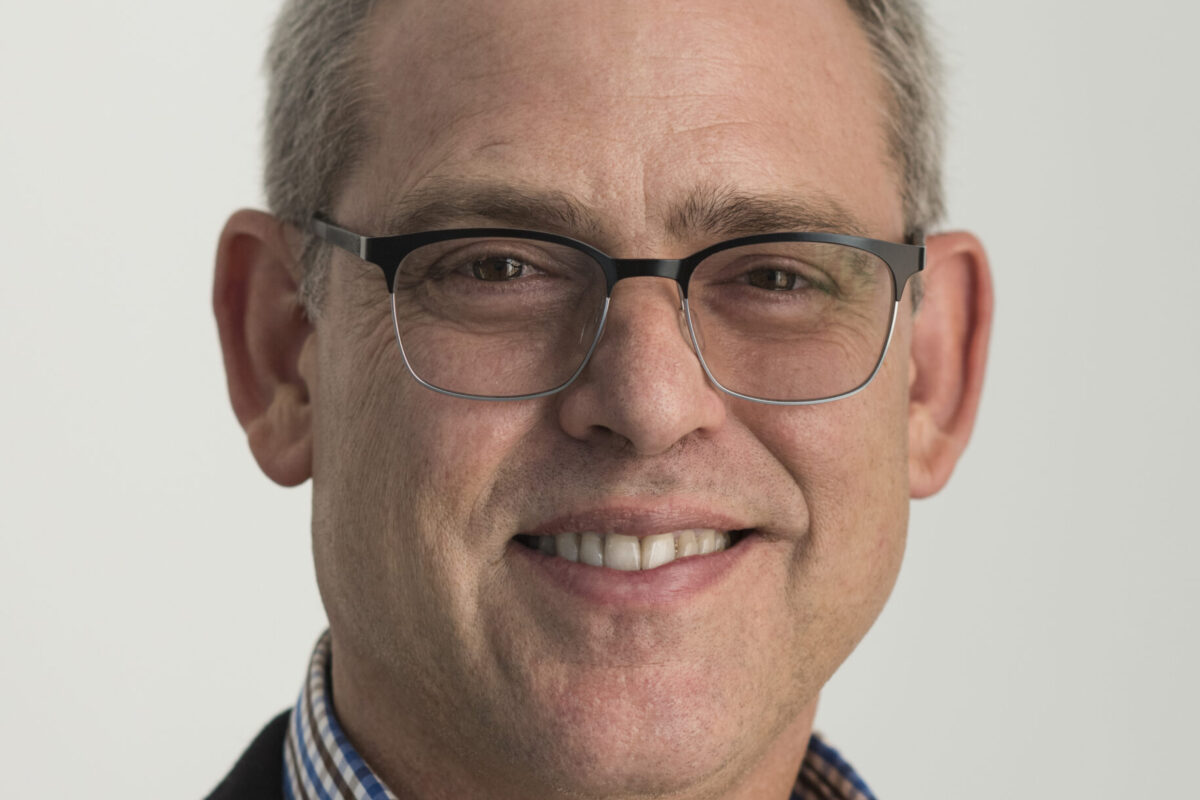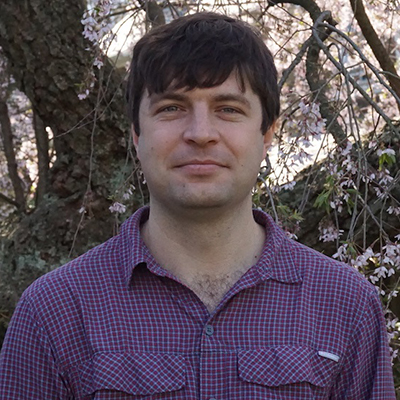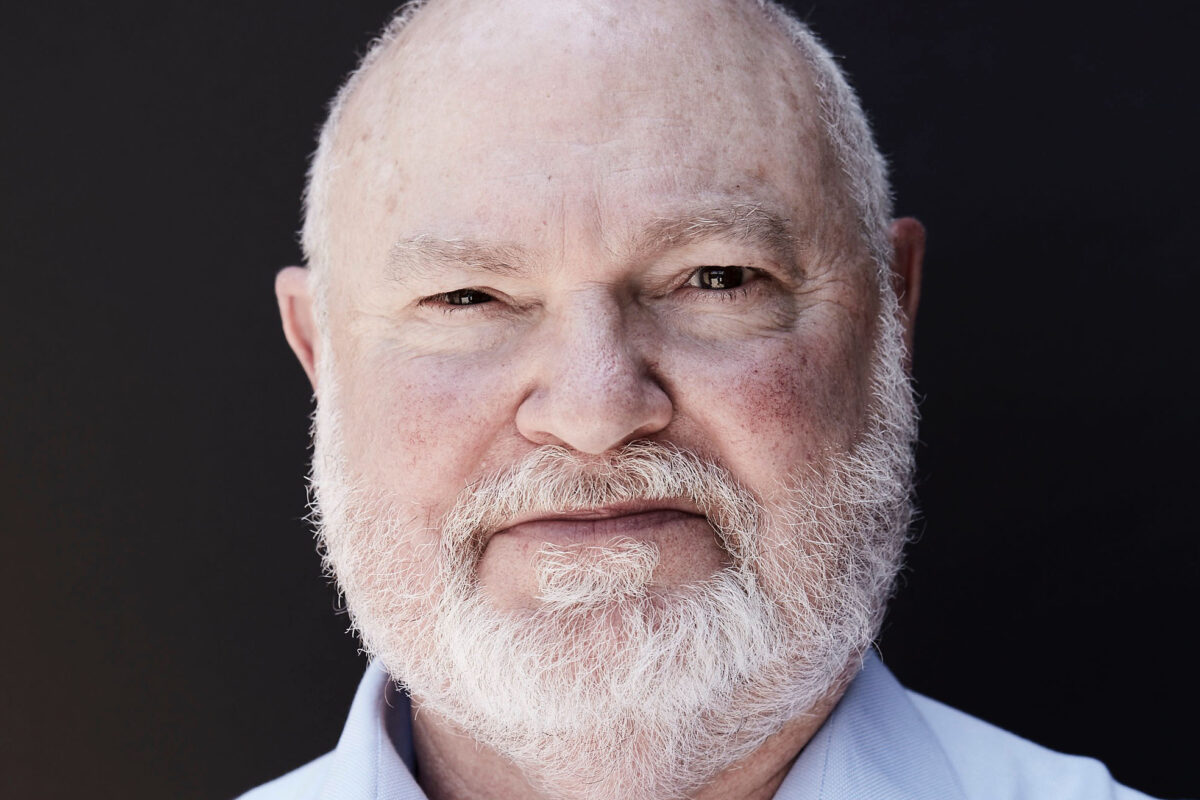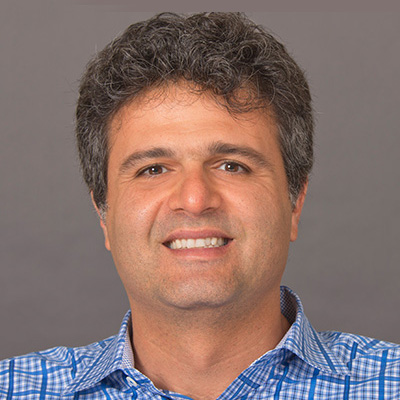Biography
Christopher S. Colwell is a Neuroscientist who has served on the UCLA School of Medicine faculty since he joined the Department of Psychiatry and Biobehavioral Sciences in 1997. He became a Professor in 2008. Dr. Colwell earned his B.S. in Neuroscience from Vanderbilt University in 1985. During this time, he started his research in circadian rhythms under the mentorship of Dr. T. Page. Dr. Colwell earned his Ph.D. in Biology at the University of Virginia in 1991. His thesis work explored the neural mechanisms by which light regulates circadian rhythms. Dr. Colwell continued this line of research during a postdoctoral fellowship at the University of Virginia with Dr. G. Block. A second postdoctoral fellowship was carried out on the topics of motor control and excitotoxicity in the laboratory of Dr. M. Levine at UCLA. Dr. Colwell learned how to utilize imaging techniques to measure calcium levels inside neurons while a visiting scientist in the laboratory of Dr. Konnerth at the University of Saarland, Germany. Since Dr. Colwell’s faculty appointment at UCLA, his laboratory’s research has focused on understanding the mechanisms underlying circadian rhythms in mammals. Dysfunction in the timing these daily cycles is a key symptom in a number of neurological and psychiatric disorders. Better understanding the basic biology of this timing system should result in new therapies to improve the quality of life of these patients and the people who care for them.





